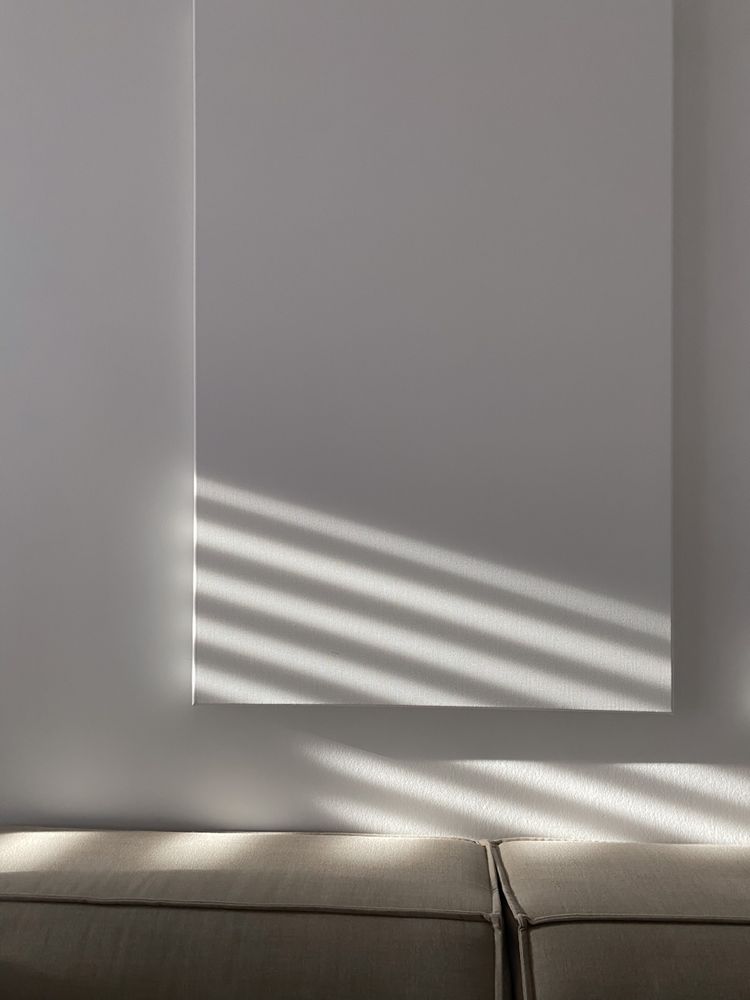Based on the feedback from the participants on the Instagram page, I created a scale to further track the 26 respondents who participated in the polling campaign in order to give a more direct indication of how influenced they were by the video and the poster.
Below are the questions and responses:

1. How often do you take pictures with artworks at exhibitions?
2. Which one on the Insta page do you think is more effective in raising your awareness to preserve the exhibition spaces?
3. From previous question, to what extent does this make you reflect on and influence your future viewing behavior?
Also, I have recreated the chart which will help to analyse the survey results more clearly:

A total of 26 subjects were surveyed using the 5-point Likert Scale on how often they took photos with the exhibits in the art gallery. According to the survey, the average frequency was around 3.6, showing the general tendency of the subjects likes to take photos in museums.

According to the survey results, 73.1% of the respondents felt that the video was more effective than the poster (26.9%) in raising their awareness to preserve the art spaces. This corresponds to the fact that 19 people chose the video and 7 chose the poster when voting on the Instagram page.

I separated out those who chose the film and those who chose the poster to analyze them respectively on a seven-point scale about the extent of their reflections and the influences of their future behaviour. Subjects who chose the video considered their average level of being impacted to be 5, while those who chose the poster were 2.7.
It shows that the impact of the video and the reflection it stimulates is much higher than the poster. Therefore, to raise the awareness of art spectators, I suggest a promotional video format which will have a wider and more effective impact.
As for static media such as posters, it is like reading a static book, which provides a deeper understanding (based on the feedback from the previous posters), but is less likely to attract attention and acceptance.
In conclusion, if the museum wants to reach out to visitors more effectively and efficiently, it is recommended to use a promotional video. However, if the appeal is to convey a deeper concept, the poster format will be a better choice.
